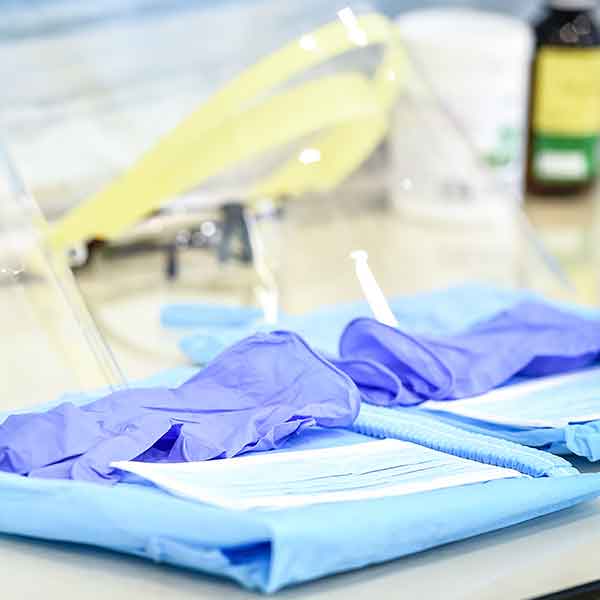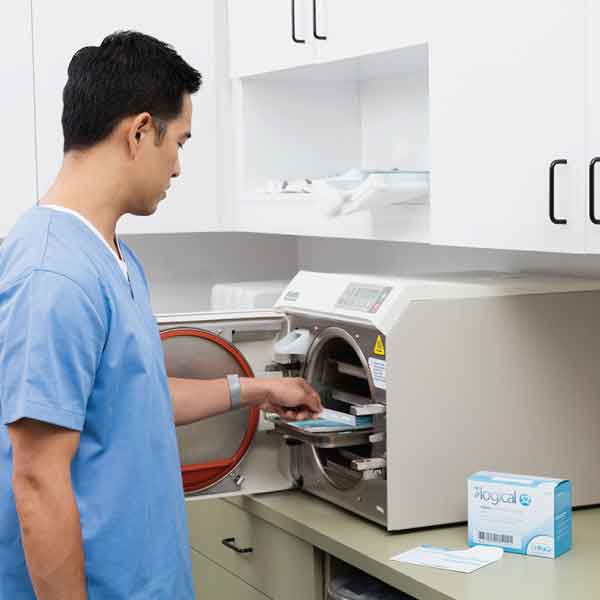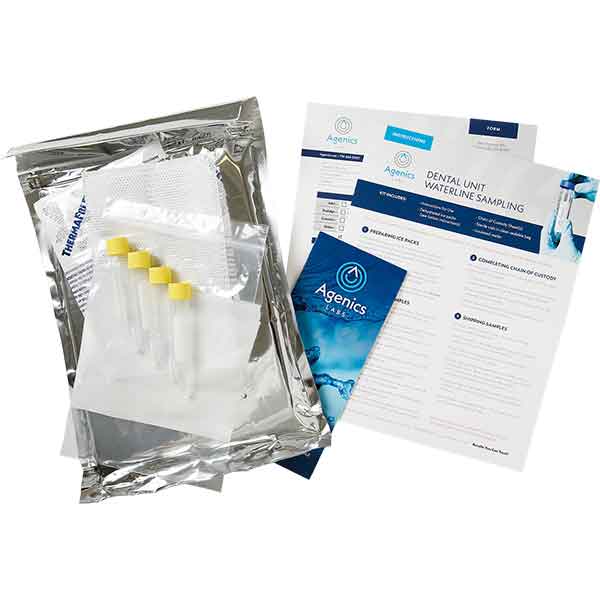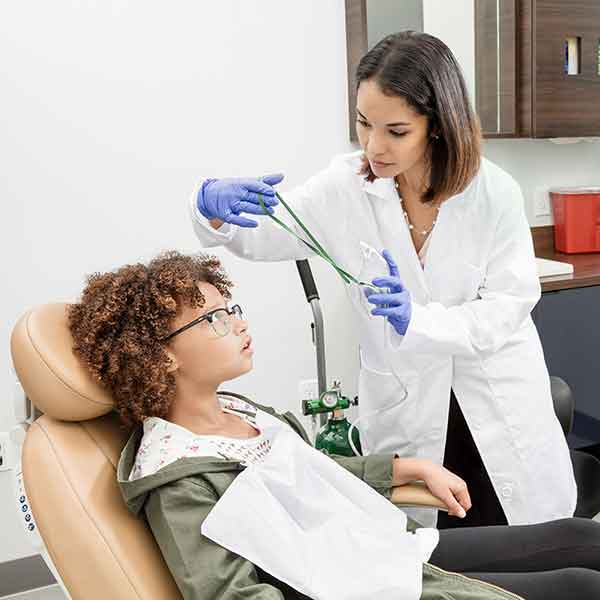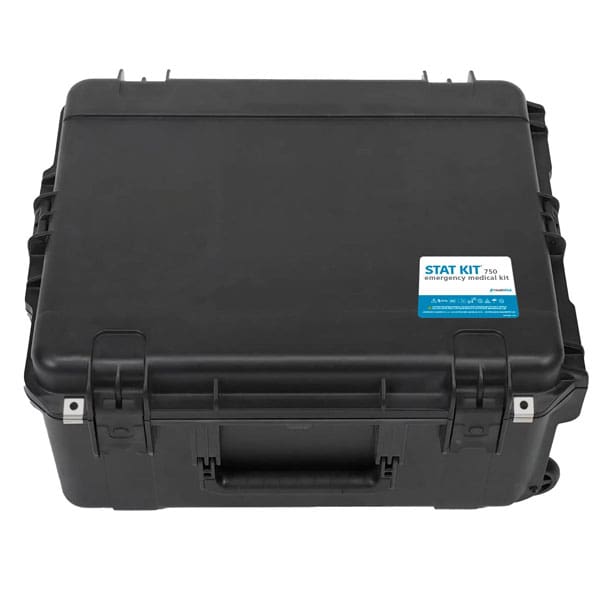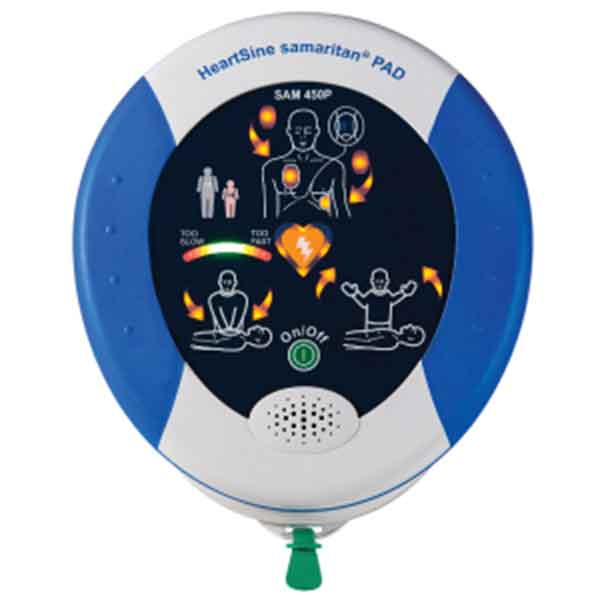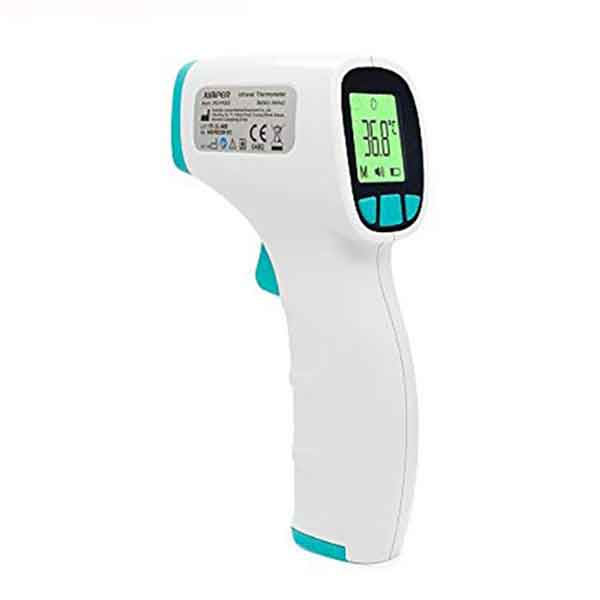Patient Experiences “Very Scary” Low Blood Sugar
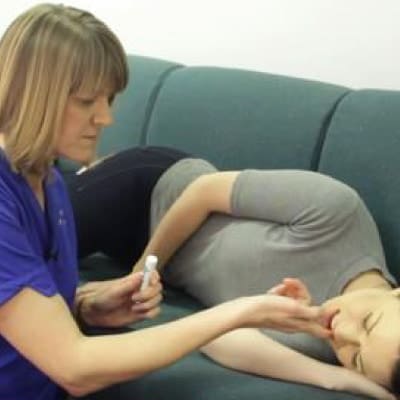



Emergency Response
Dental staff administered oral glucose from a HealthFirst emergency medical kit.


Synopsis
During a routine cleaning, a Florida dental office patient developed signs of low blood sugar. She could not speak properly, began shaking, and was argumentative. After reviewing the patient’s medical history, and recognizing signs of hypoglycemia, the staff took quick action with the patient still seated in the operatory.
- The hygienist called the dentist to the patient’s side as she retrieved the HealthFirst emergency medical kit.
- Front desk called 911.
- Dentist gave the patient oral glucose.
The patient’s conditioned quickly improved. When EMS arrived, the patient was given additional food and stabilized. The hygienist described this whole event as “very scary.” She was grateful that her team at the dental practice was well prepared.


Dr. Malamed’s Notes
Though hypoglycemia (low blood sugar) occurs most frequently in diabetic individuals (type-1 moreso than type-2), it can and does occur in non-diabetic individuals as well.
The hygienist properly, and quickly, recognized the classical signs and symptoms of hypoglycemia which include: “cold,” sweating, shaking, mental confusion, slurred speech, and changes in personality (e.g. the patient became argumentative).
Summoning the doctor and retrieving the emergency drug kit were appropriate immediate actions to take—as long as the patient was never left alone during this time.
Calling for emergency medical services (EMS, 9-1-1) is appropriate whenever: (1) the doctor is uncomfortable with the situation; (2) the patient is not responsive to the administration of oral glucose from the emergency drug kit; or (3) there was no prior history of diabetes in the patient.
![]()
![]()
Administration of oral glucose to the conscious hypoglycemic will, within a few minutes, improve the patient’s condition. It is important to state that orally administered ‘drugs’ (e.g. sugar, orange juice) are NEVER administered to an unconscious person as they are unable to swallow and might choke or aspirate on this liquid.
Once the hypoglycemic patient recovers, they are “fine” and if agreeable with both the doctor and patient, the planned dental treatment may continue.
























